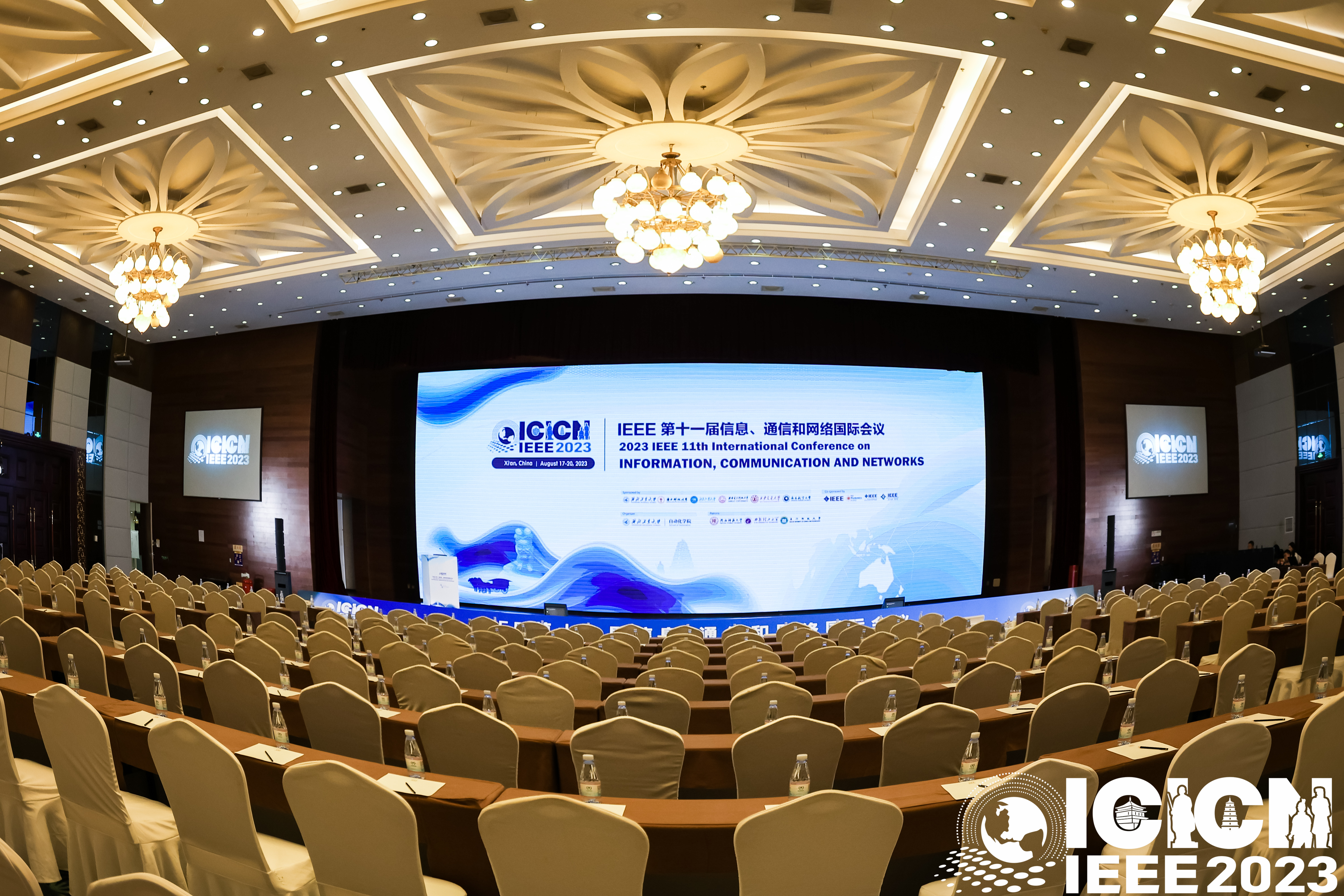Analyze the classification and evaluation of EI conferences and core journals
With the deepening of academic research and frequent academic exchanges, the concepts of EI (Engineering Index) conferences and core journals have gradually become the focus of academic circles. As we all know, EI is one of the important information analysis companies in the field of global engineering technology. It has multiple databases for literature retrieval, the most famous of which is Compendex. So, whether EI conferences are counted as core journals has always been a concern of many scholars, graduate students and even journal editors.

First, the concept of “core journals” must be clarified. Core journals usually refer to journals that have important academic influence and authority in a certain subject area. They are usually cited by a large number of academic articles and become the first choice journal for researchers in this field to publish papers. In China, there are some specific core journal lists, such as China Science and Technology Paper Statistics Source Journals (Core Journals), Chinese Social Sciences Citation Index (CSSCI) source journals, etc.
EI conferences, strictly speaking, are not equivalent to journals. It usually refers to academic conferences that are included in EI and belong to the field of engineering technology. These conferences bring together experts and scholars in the field of engineering science and technology from all over the world. They present research results and exchange academic opinions at the conference. To a certain extent, the quality of the proceedings of EI conferences can be comparable to that of some core journals.
However, although the proceedings of EI conferences may have high academic value, in academia, conferences and journals are still two different forms of publishing. Core journals usually adopt a more rigorous peer review mechanism and have a longer publication cycle, while conference papers focus on timeliness and the peer review process may be relatively short. Therefore, in a strict sense, EI conferences are not equivalent to core journals.
Whether a researcher should use EI conferences as an important outlet for publishing papers depends on many factors. On the one hand, many high-level EI conferences have been widely recognized by the academic community, and their proceedings can be considered important literature resources in this field. On the other hand, the quality of some conferences may be uneven due to lax review and other reasons. Therefore, when selecting a conference, researchers should comprehensively consider the conference's reputation, influence, and relevance to their own research directions.
Finally, the essential purpose of both EI conferences and core journals is to promote academic exchanges and promote scientific development. When researchers choose a platform to publish their papers, they should make a reasonable choice based on the characteristics, academic value and personal career development plan of their personal research results. Whether it is an EI conference or a core journal, quality always comes first. This is an unchanging criterion for researchers when publishing academic results.
